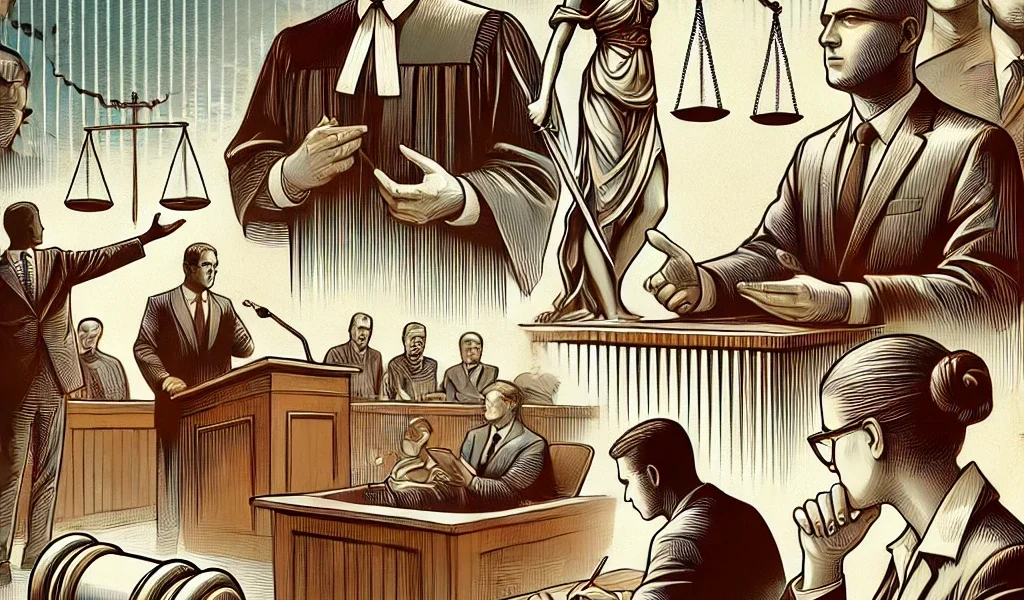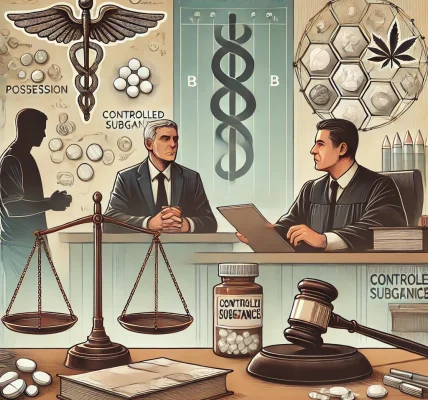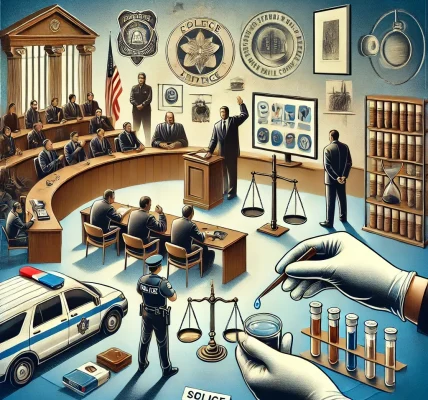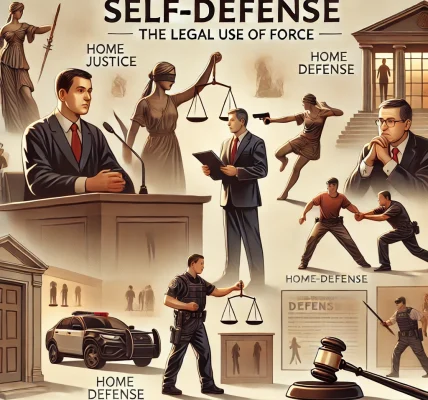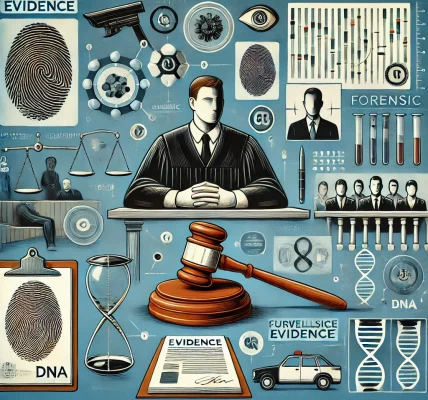Introduction
A criminal trial is a legal proceeding in which the prosecution and defense present their cases before a judge or jury to determine the guilt or innocence of the accused. Understanding the trial process is crucial for defendants, victims, and anyone interested in the justice system. This blog provides a comprehensive, step-by-step breakdown of what happens during a criminal trial.
1. Pre-Trial Preparations
Before a trial begins, several crucial steps take place:
- Investigation: Law enforcement collects evidence and interviews witnesses.
- Charges and Indictment: The prosecution formally charges the defendant based on gathered evidence.
- Arraignment: The defendant appears in court, is informed of the charges, and enters a plea (guilty, not guilty, or no contest).
- Pre-Trial Motions: Attorneys may file motions to exclude evidence, dismiss charges, or request a change of venue.
- Jury Selection (Voir Dire): If the trial involves a jury, both parties question potential jurors to ensure impartiality.
2. Opening Statements
- Prosecution’s Opening Statement: The prosecutor outlines the case against the defendant, presenting key facts and evidence they intend to use.
- Defense’s Opening Statement: The defense attorney presents their perspective, explaining why the prosecution’s case is weak or why the defendant is not guilty.
3. Presentation of Evidence and Witness Testimony
This is the most critical phase of the trial, where both parties present their arguments.
A. Prosecution’s Case
- The prosecution presents evidence, such as documents, physical items, and forensic reports.
- Witnesses, including victims, law enforcement officers, and experts, testify under oath.
- The defense has the opportunity to cross-examine witnesses to challenge their credibility.
B. Defense’s Case
- The defense may present its own witnesses and evidence to refute the prosecution’s claims.
- The defendant may testify but is not required to do so.
- The prosecution cross-examines defense witnesses.
C. Rebuttal Witnesses
The prosecution may call additional witnesses to counter the defense’s arguments.
4. Closing Arguments
After presenting evidence, both parties summarize their cases:
- Prosecution’s Closing Argument: Emphasizes the evidence proving the defendant’s guilt beyond a reasonable doubt.
- Defense’s Closing Argument: Highlights weaknesses in the prosecution’s case and argues for the defendant’s innocence or reasonable doubt.
5. Jury Instructions and Deliberation
- The judge provides legal instructions to the jury, explaining how they should interpret the law and apply it to the case.
- The jury deliberates in private, discussing the evidence and determining the verdict.
6. Verdict Announcement
- Guilty Verdict: The defendant is convicted and moves to the sentencing phase.
- Not Guilty Verdict: The defendant is acquitted and released.
- Hung Jury: If the jury cannot reach a unanimous decision, the judge may declare a mistrial, potentially leading to a retrial.
7. Sentencing (If Convicted)
If found guilty, the judge determines the sentence based on factors such as:
- Severity of the crime
- Criminal history
- Victim impact statements
- Mandatory sentencing laws
Conclusion
Understanding the criminal trial process helps defendants, victims, and the public navigate the justice system. Whether facing charges or simply seeking knowledge, knowing these steps ensures informed decision-making in legal matters. If charged with a crime, consulting a qualified criminal defense attorney is essential for protecting legal rights.
